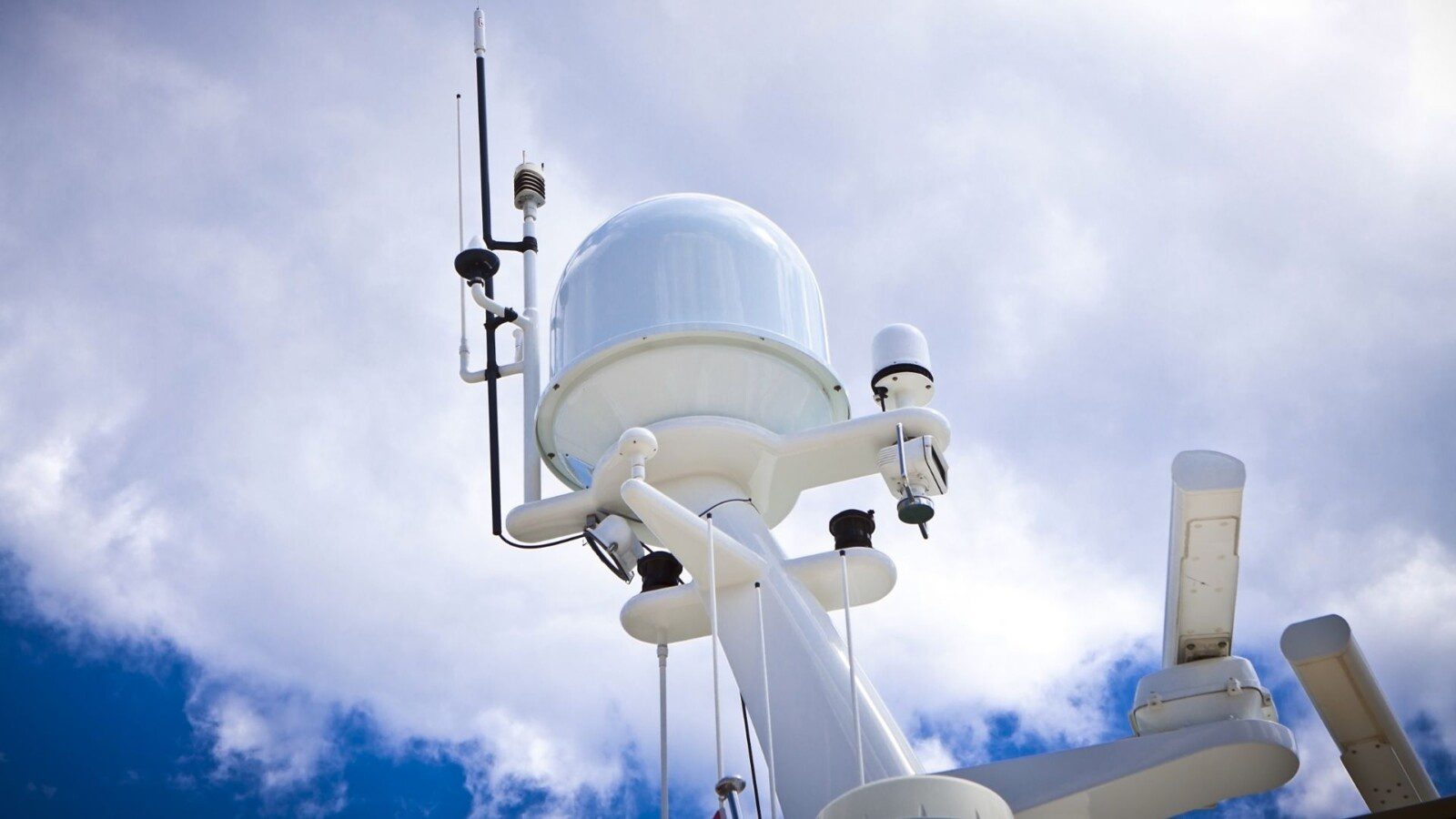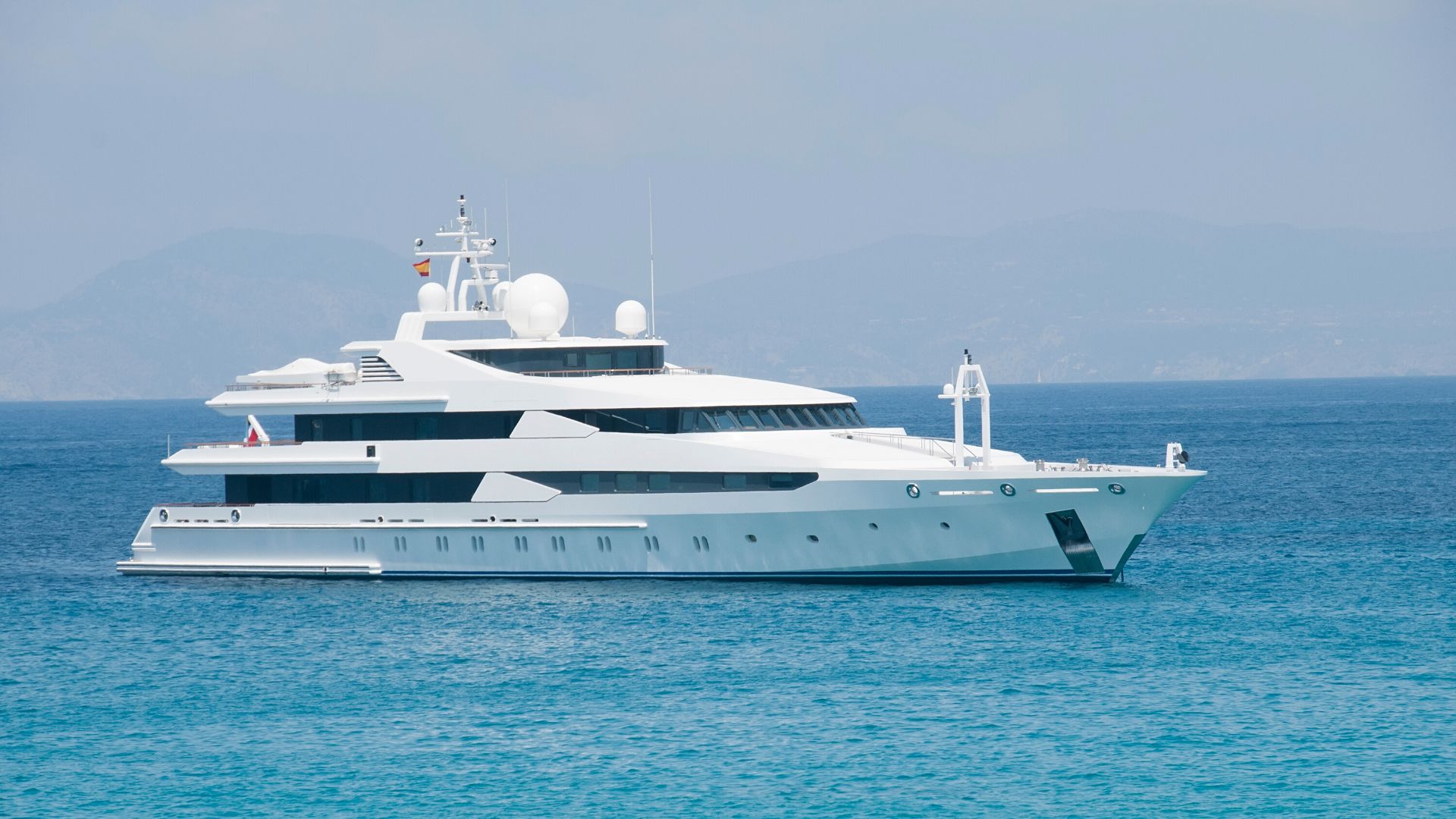Topics Explored
A superyacht is more than a floating palace; it is a high‑value target that moves through some of the world’s most open spaces. Although global piracy incidents dipped to 116 events in 2024, attacks in key choke points such as the Gulf of Aden, West Africa and parts of Southeast Asia have begun to climb again in 2025. While global piracy has dropped to its lowest since 1995, there have also been well‑publicised burglaries in Mediterranean marinas and a surge in cyber‑enabled fraud against yacht management companies. The message is clear: even the most glamorous voyages need robust security. But this is not to cite only doom – there are sure-fire ways of protecting yourself and your assets while at sea.
This article explores why superyachts require dedicated maritime security in 2025, what threats are most common, and how owners can combine technology, training and professional maritime support to keep guests safe without sacrificing discretion.
Common Security Threats to Superyachts
Superyachts were once targeted for specific reasons; soft targets and lots of wealth, but the threat picture is now broader and more organised:
- Piracy and armed robbery at sea. The ICC International Maritime Bureau recorded six boarding or hijack attempts off Somalia since late 2023 – all commercial ships – but reminding us that the Gulf of Aden remains volatile.
- Theft and burglary in port. Monaco’s Port Hercule saw a dramatic multi‑vessel collision during the 2024 Grand Prix weekend, drawing headlines – and opportunistic thieves. Even ultra‑secure marinas have blind spots that seasoned criminals exploit.
- Kidnap and hostage situations. High‑net‑worth guests can become bargaining chips for politically motivated groups in certain regions.
- Unauthorised boarding or surveillance. Drones equipped with high‑resolution cameras now buzz anchorage zones, gathering intelligence on layouts and routines.
- Regional instability and corruption. Shifting alliances in the Red Sea and coups in West Africa can leave yachts exposed to sudden changes in law‑enforcement presence.
Hot spots to watch in 2025 include the Gulf of Aden, the Straits of Malacca and Singapore, which recorded a number of robbery incidents in the first four months of 2025 alone, and isolated anchorages along West Africa’s coastline.
How Yacht Owners Can Protect Their Assets
Hardware alone will not stop a determined attacker, but it forms the backbone of any defence‑in‑depth plan:
- Access‑control systems and biometric locks limit movement between public and private zones on board, giving crew the ability to cordon off sensitive areas at a moment’s notice.
- Real‑time CCTV with perimeter analytics flags suspicious skiffs or swimmers long before they reach the swim platform, allowing bridge teams to alert authorities or adjust course.
- Ship Security Alert Systems sends a discreet silent alert to a dedicated 24/7 Maritime Assistance Centre. There, trained operators monitor Ship Security Alert System (SSAS) signals in real time, verify each alert, and when necessary, immediately escalate to UKMTO, MSCHOA, or relevant coastal authorities while guiding the yacht step‑by‑step until the incident is safely resolved.
See our SSAS response in action in this video.
- Motion‑sensing deck lighting and acoustic deterrents discourage night‑time boarding, while low‑profile ballistic film on windows buys crew crucial response time.
- Citadel or safe‑room facilities give guests a secure refuge during an incursion and double as a storm shelter, complete with independent comms and emergency rations.

Equally important is proactive planning and crew readiness:
- Voyage‑specific risk assessments delivered before departure highlight regional threats, corruption hot spots and alternative diversion ports.
- SSAS drills and professional response readiness test the crew’s ability to respond quickly and effectively in real-world threat scenarios. These exercises ensure seamless coordination with a 24/7 Maritime Assistance Centre, where trained maritime security specialists monitor alerts and handle escalation to authorities.
- Clear communication channels link the bridge with maritime security professionals, shoreside crisis-management teams, local agents and naval assets, shortening response times and satisfying insurer and state requirements.
In short, the most effective security strategies pair robust hardware with trained, well‑rehearsed personnel and live support from experienced risk‑management specialists.
Crew Security Awareness and Training
Even the best onboard systems rely on the crew’s ability to act swiftly and confidently. Comprehensive training should cover:
- Recognising suspicious approach patterns and initiating BMP‑5 manoeuvres.
- Lockdown procedures for the guest and operational areas.
- Medical response under pressure and post‑incident psychological first aid.
- Cyber‑awareness: spotting phishing attempts that target crew devices and engine‑management consoles.
Securewest’s ISPS-aligned courses including the MCA-approved Proficiency in Security Awareness (PSA) and Proficiency in Designated Security Duties (PDSD), extend beyond commercial shipping to superyacht crews. These certifications are not only standard compliance requirements under the ISPS Code, but they also support audit readiness and improve overall security culture. By promoting a crew-wide understanding of threat detection and emergency roles, owners benefit from a safer vessel and often see reductions in insurance premiums.
Superyacht Security and Risk Management Solutions
Comprehensive maritime security solutions bring together technology, intelligence, and expertise in a coordinated programme that supports lean crew operations. Key components include:
- Pre‑voyage and dynamic risk management. Detailed intelligence briefings analyse piracy trends, regional instability and port‑state corruption before departure, then feed into live route‑advice updates during the passage.
- Live vessel tracking & SSAS monitoring. Real-time vessel tracking combined with 24/7 SSAS alert management ensures swift response to onboard security threats, with immediate coordination from trained maritime security professionals.
- On‑board security teams. Armed or unarmed specialists integrate seamlessly with hospitality staff yet can escalate force in line with flag‑state and IMO rules when needed.
- Crew security awareness, compliance and drills. ISPS‑aligned training and scenario‑based exercises promote a security‑first mindset and keep the yacht audit‑ready.
- 24/7 global support and emergency response. One call connects the bridge to multilingual and trained maritime security professionals who provide immediate support, coordinate with external partners, and manage incidents from assessment through to resolution.
Securewest integrates these elements into a unified service model, helping yacht owners and captains manage risk efficiently. This approach simplifies compliance, enhances operational resilience, and supports a safe onboard environment without compromising guest experience.

Maintaining Safety at Sea
Owning and operating a superyacht in 2025 still promises unmatched freedom, but that freedom comes with responsibilities. From piracy threats to port-based vulnerabilities, today’s maritime environment is increasingly complex.
By combining layered security systems, well-trained crews, and the support of maritime security specialists, owners can navigate these risks with greater assurance.
In today’s landscape, investing in superyacht security, preparedness, and professional risk management is essential to ensuring safety, continuity, and peace of mind at sea.
